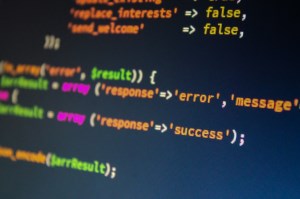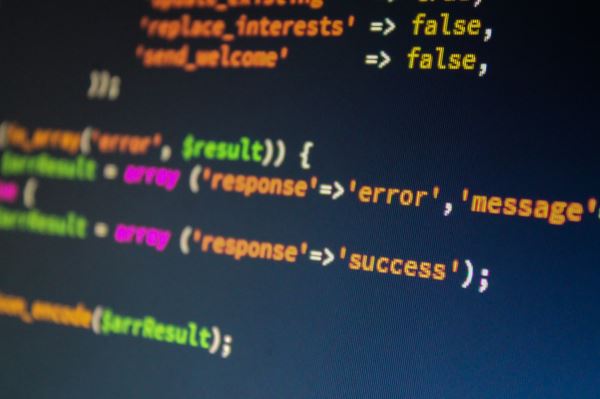Cyberthreats continue to increase in number and severity, prompting cybersecurity experts to seek new ways to stop malicious actors in their tracks.
Automation should be a central pillar of today’s cyber defence strategy, letting security professionals beat cybercriminals at their own game, according to Palo Alto Networks.
“Cybercriminals are using the scalability and flexibility of cloud to reduce their costs and change their attacks in milliseconds, making it impossible for organisations to protect themselves using human reactions alone,” said Philip Dimitriu, director of systems engineering, ANZ, Palo Alto Networks.
“As well as an increasing pace of automated attacks, cybersecurity teams suffer from a well-documented skills shortage that makes it untenable to simply throw more human resources at the problem.
“Furthermore, humans can’t react quickly enough to automated adversaries, so it’s essential to automate the response to be effective and to raise the cost for attackers.”
Behaviour analytics is a type of artificial intelligence (AI) that can overcome these challenges.
By analysing all the different behaviours in an organisation and triggering alerts when out-of-character behaviours occur, it helps organisations automate attack detection and streamline responses. This can help make up for a lack of advanced capabilities within the team as well as save on cybersecurity costs.
Mr Dimitriu says there are four key benefits of using behaviour analytics in a cybersecurity strategy:
1. Cost savings: Security operations typically come at a high financial cost. Using behaviour analytics instead of adding more human resources to the team helps save on costs while increasing visibility into security operations.
2. Effective prioritisation: Cybersecurity professionals are constantly faced with separate high-priority issues. Behaviour analytics can help separate the issues that are genuinely high-priority from those that don’t require immediate attention.
3. Better resource allocation: When security teams gain a better understanding of what’s a high priority and what isn’t, they can better allocate the appropriate resources to combatting attacks versus innovation and executing on strategy.
4. Faster response times: When humans must manually analyse incidents and execute the incident response protocol, it can take time. Automated responses powered by artificial intelligence and behaviour analytics can dramatically shorten incident response cycles.
“It’s pointless taking a human to a computer fight. Organisations must fight automated processes with automated processes,” Mr Dimitriu said. “This means using AI to help with data collection as well as planning, actioning, and tweaking incident response.
“Organisations need to integrate security technology into a common architecture, integrating AI tools into common operating platforms to achieve centralised visibility.”
Mr Dimitriu said an AI response works well when analysis is quick and gives a definitive, accurate rating of an incident. It is much less effective when analysis is slow or delayed, doesn’t identify malicious activity, or delivers too many false positives.
Cybersecurity teams should, therefore, only automate responses to behavioural analytics alerts after baselining the organisation and confirming the same response will be correct 100 per cent of the time.
This is based on past experience and context of situational requirements, says Mr Dimitriu.


